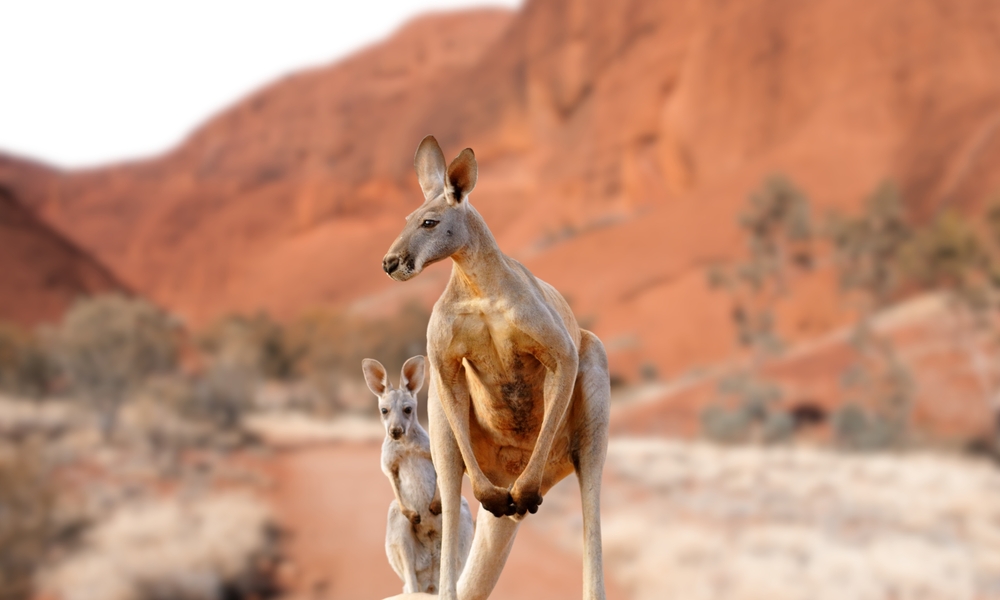The Marvelous Marsupials: A Closer Look at the Wonders of Kangaroo Behavior
The kangaroo, a marsupial native to Australia, has been a symbol of the country for centuries. This unique creature is known for its powerful hind legs, distinct hopping style, and the female's pouch where the young, called joeys, grow and develop. But beyond these fascinating facts, kangaroos exhibit a range of behaviors that have captivated the interest of both researchers and animal enthusiasts worldwide. This article delves into the intriguing world of kangaroo behavior, from their social dynamics to their adaptation strategies, providing you with a fresh perspective on these iconic animals.

Kangaroo Social Structure: More Than Just a Mob
Kangaroos are highly social animals that live in groups known as “mobs” or “troops.” These groups, typically composed of 10 to 100 individuals, are not random assemblies but structured societies with a hierarchy established through boxing matches. Male kangaroos, or boomers, fight for dominance and the right to mate with the females in the group. These boxing bouts involve kangaroos balancing on their hind legs and tail while hitting their opponent with their forelimbs.
Kangaroo Reproduction: A Tale of Remarkable Adaptability
Kangaroo reproduction is a marvel of nature. Female kangaroos possess a unique adaptation known as embryonic diapause, which allows them to pause the development of their embryo in times of drought or food scarcity. This extraordinary ability enables kangaroos to control their breeding according to environmental conditions, ensuring the survival of their species.
Kangaroo Communication: The Language of Movement
Unlike many animals that rely on vocalizations for communication, kangaroos use body language and movement. Their complex communication system involves a variety of postures and movements, such as scratching, pawing, and thumping their tail on the ground. For instance, a kangaroo thumping its tail is a warning sign of danger to other members of the group.
Kangaroo Survival Strategies: Masters of the Australian Outback
Kangaroos have adapted incredibly well to the harsh Australian environment. Their hopping locomotion is an energy-efficient way of covering large distances in search of food and water. Moreover, kangaroos have developed a unique cooling mechanism – they lick their forearms, and as the saliva evaporates, it cools down their body.
The Kangaroo Market: From Wildlife to Pet Trade
While kangaroos are a common sight in Australia, they have also found their way into the exotic pet market. However, owning a kangaroo as a pet is not without its challenges and controversies. Depending on the species and age, a kangaroo can cost anywhere from a few hundred to several thousand dollars. Yet, concerns regarding their welfare, especially in non-native environments, have led to strict regulations and bans in many places.
The world of kangaroos is indeed filled with marvels. From their intriguing social structure to their unique survival strategies, these animals showcase nature’s remarkable adaptability and endless surprises. As we continue to explore and understand these creatures better, we can only deepen our appreciation for the intricacies of the animal kingdom.




